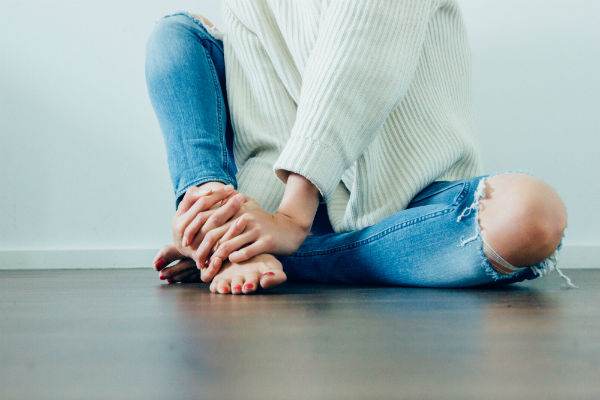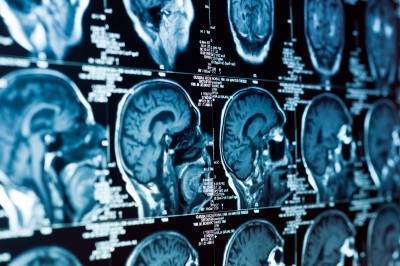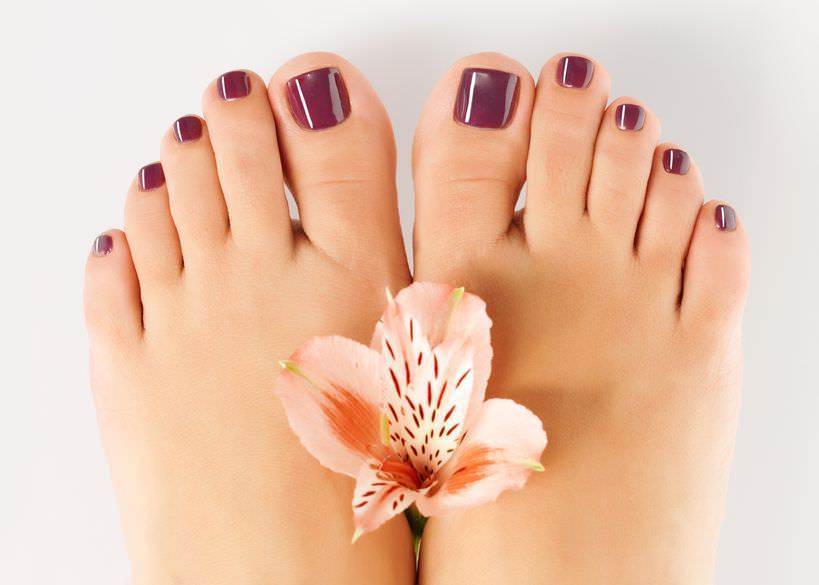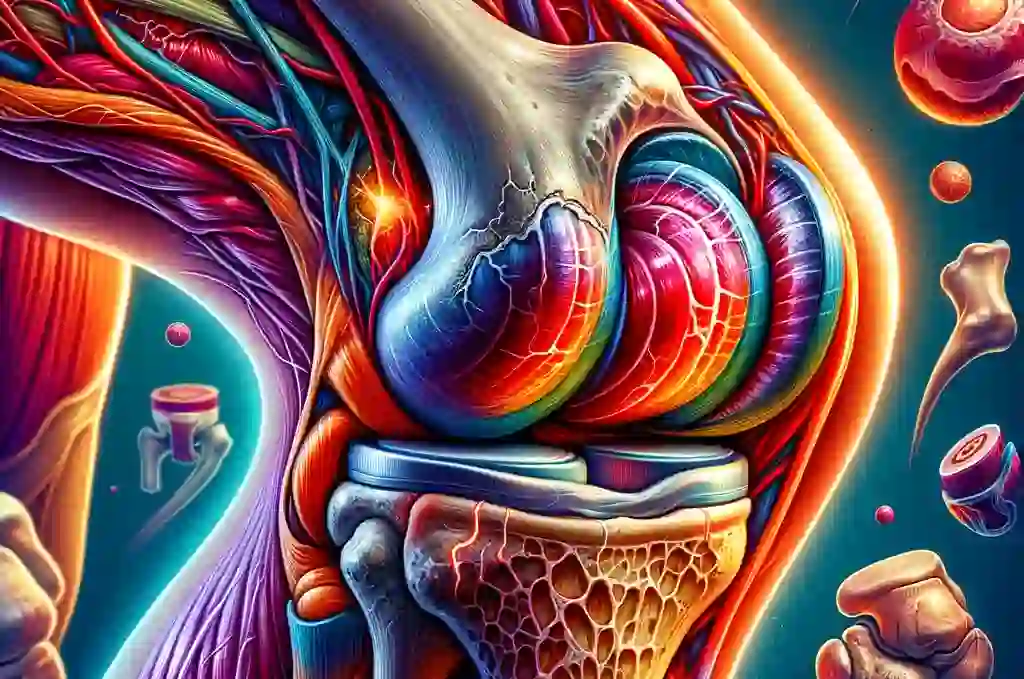What’s The Best Therapy For My Aching Jaw?|Jaw Pain Relief
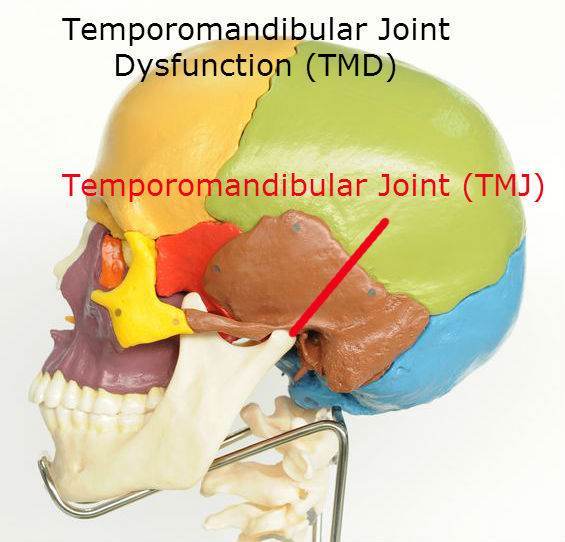
Exploring the Root Causes of Jaw Pain
When grappling with persistent jaw pain, it’s essential to dissect the underlying factors contributing to your distress. Have you experimented with night guards or bite plates in a quest for relief? Perhaps you find yourself growing increasingly frustrated and irritated by the tightness and soreness in your jaws.
Temporomandibular Joint (TMJ) Vs Temporomandibular Joint Dysfunction TMD
In your pursuit of answers, it’s crucial to comprehend that jaw pain is typically associated with temporomandibular joint dysfunction (TMD), a condition often abbreviated as TMJ. The temporomandibular joint (TMJ) is situated just in front of your ear and serves as the hinge connecting your jaw to your skull. When this joint becomes a source of pain, it is referred to as TMD or Temporomandibular Joint Dysfunction.
Degenerative Disc Disease (DDD): Remedies For Lower Back Osteoarthritis That Provide Relief
TMD is surprisingly common, and many individuals may not even be aware they have it. Curiously, a significant portion of individuals seeking treatment for neck pain concurrently exhibit symptoms of TMD. To better grasp the origins of your jaw pain, let’s break down the symptoms and then four primary factors responsible for TMD.
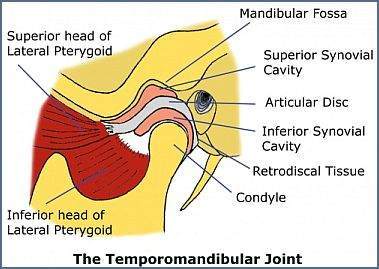
TMD Symptoms / Jaw Pain Symptoms
If you have TMD or TMJ-related jaw pain you might have the following symptoms.
- Pain or tenderness in your face, jaw joint area, neck and shoulders.
- Pain around your ear when you speak, chew or open your mouth wide.
- The jaw that gets “Stuck” or “Lock” in the open or closed-mouth position.
- Clicking, popping or grating sounds in the jaw joint when you open or close your mouth or chew.
- Swelling on the side of your face.
- Tight or tired feeling in your face.
- Sudden uncomfortable bite.
- Feeling your upper and lower teeth are not fitting together.
So what’s the cause of Jaw Pain?
- Yawning
- Prolonged dental work or intubation
- Trauma
- Bruxing or grinding of the teeth
- Clenching
These causes affect the muscles, joints, TMJ disc and neck.
1. MUSCLES
Stress and Teeth Clenching
Your jaw muscles can tense up due to stress, leading to jaw pain. When stress strikes, many individuals unknowingly clench their teeth throughout the day, and some even grind their teeth at night – a condition known as bruxism. If you have a partner or spouse, they might be aware of your nighttime teeth grinding, as it can produce audible sounds. If you happen to share your bed with a heavy sleeper, consider consulting your dentist for insights.
Dentist’s Expertise and Jaw Pain
Your dentist possesses the expertise to detect signs of teeth grinding, typically manifested as wear and tear on the molars or, in some cases, damage to the front teeth. Grinding and clenching your teeth require considerable muscle effort, akin to the way lifting weights builds bicep muscles. I’ve witnessed individuals develop enlarged facial structures, particularly in the lower jaw and even the temple area.
Gender Differences With Jaw Pain
Notably, this phenomenon is more discernible in women, who typically have oval faces with pointed chins. If you notice a square jaw near the bottom of your face, similar to Angelina Jolie, it could be an indication of teeth grinding. Over time, the persistent muscle strain on the upper and lower jaw bones can lead to their reshaping and enlargement. Consequently, your jaw muscles and bones may both undergo significant changes.
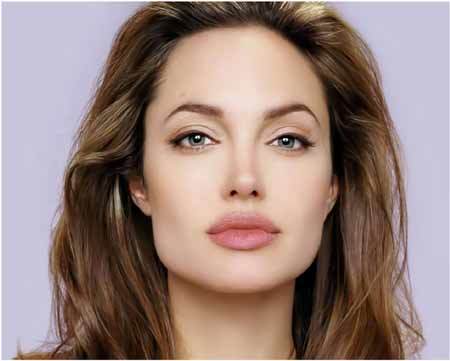
Aggravating Factors
Unfortunately, when jaw pain is rooted in muscular causes (TMD), activities like clenching, chewing, and grinding tend to exacerbate the issue.
2. Arthritis and Jaw Pain
Arthritis can be set in the jaw joint located just in front of your ear canal. With this type of TMD, you can get pain right in the joint which will be more tender if you palpate it. You can also get cracking or clicking when the joint is involved.
You will often get a click when you open or close your mouth. The click is often painless but left too long it can lead to pain.
Your jaw will often open and close by deviating to one side. Look in the mirror and see if your jaw moves to one side during the slow opening and closing of your mouth.
3. TMJ Disc: Popping and Limited Mouth Opening
The temporomandibular joint contains a disc, similar to the discs found in the spine between vertebrae. This disc can sometimes cause issues, resulting in clicking, popping, or limited mouth opening. This condition typically affects only one side of the jaw.
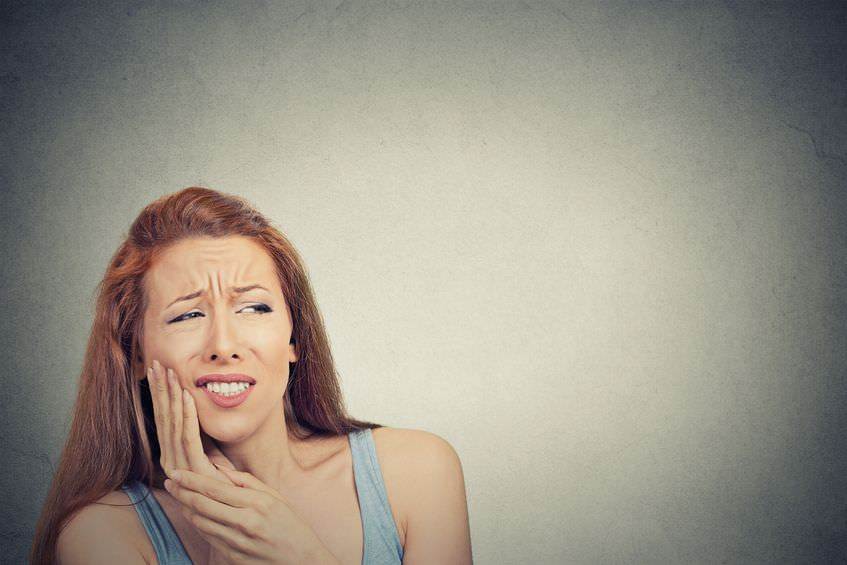
4. Neck Involvement: Stiffness and Headaches
When dealing with TMD, the neck is often involved. The upper part of the neck, known as the upper cervical spine, can become restricted, leading to stiffness, pain, and headaches in the neck area.
Core Exercises: 7 Essential Exercises for Preventing Back Pain
Treatments For TMD
A: Joint Mobilization
Your health practitioner should do these movements depending on the problem. Usually, the restricted motion is the one your health practitioner should focus on.
Joint mobilization helps improve how far you can increase your mobility like opening your mouth, and decreases muscle tension [2-7]
- Opening
- Forward movement (anterior glide)
- Forward movement with mouth open
- Sideways movements
- Caudal anterior medial glide (down forward and inward movement)
- Caudal anterior medial glide with mouth open
If there is too much movement in the joint a condition called hypermobility then these procedures should not be used.
B: ART or Myofascial Release Technique (MRT)
There isn’t much evidence for soft tissue mobilization, however, I have personally found it helpful when used as part of a treatment regimen.[8]
The main muscles that your chiropractor should focus on are the:
- Temporalis Muscle
- Masseter Muscle
- Medial Pterygoid Muscle
- Lateral Pterygoid Muscle
- Upper Neck muscles especially near the skull.
These will involve your chiropractor working on the muscles inside and outside the mouth.
C: Trigger Point Dry Needling And Acupuncture
There is evidence that the treatment of trigger points with acupuncture needles is effective. [9,10]
Acupuncture used on acupuncture points instead of trigger points has also been found to be helpful with TMD.
D: Education: A Treatment For TMD
Most of you will chew predominantly on one side. If you are a right-sided chewer then you will increase the strength of the muscles on that side.
Like the right-handed tennis player that causes their increased muscle bulk on their right side, you could be doing the same thing with your jaw.
The cure for TMD for those of you who haven’t gone too far is to simply stop chewing on one side. You should chew on both sides. For most of you, it’s not enough but by stopping the initial aggravation you help your treatments move forward.
If you chew gum you should stop. You end up chewing on your dominant side causing TMD.
E: Night Guards or Bite Plates
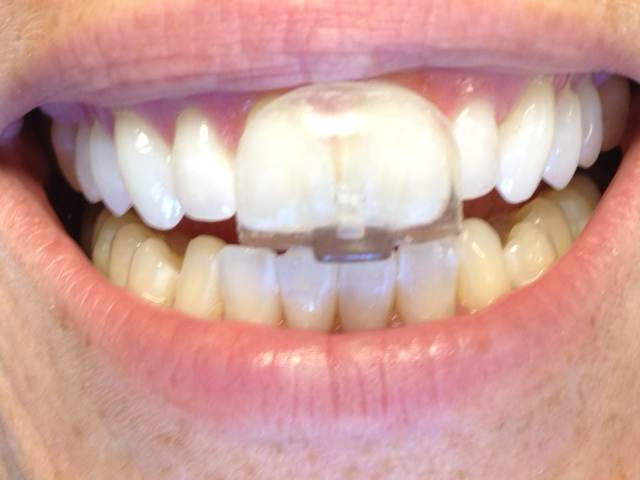
Night Guards or Bite Guards offered by most dentists are helpful to prevent grinding and clenching at night. I have patients that find Night Guards or bite plate help but they don’t cure your problem.
They don’t stop you from clenching during the day and some of you even grind or brux your teeth throughout the day when you are stressed.
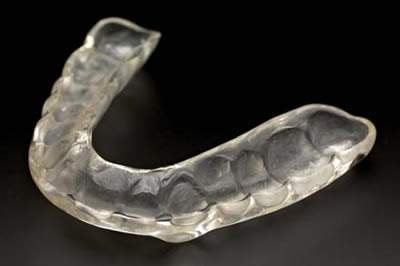
Both Night Guards and Bite Plates are helpful. I have found that some of my patients can chew right through the Nite Guards or Bite Plate in the picture above, in a matter of a month. Some of them are not made with quality materials.
On the other hand, Night Guards can be a choking hazard and they are easily lost as they have come out of some patient’s mouths as they push the Night Guard off with their tongues.
Neither solution is perfect but most patients do find them helpful when combined with chiropractic treatments.
The bottom line is Night Guards and Bite Plates only stop aggravating the problem to a certain extent. They are not a treatment that will solve your problem.
Research has shown that oral splints like Night Guards and Bite Plates Plates only last for relatively short periods up to a few months and don’t reduce sleep bruxism or grinding of the teeth. [11]
I do recommend them for patients personally as the splints give enough time for my chiropractic treatments to be effective.
F: Neck Treatment
Whenever your TMJ is involved your neck is involved. As part of your treatment your chiropractor or other health practitioner should be treating your neck as part of a comprehensive treatment for your TMD.
G: IFC and TENS
IFC and TENS have not been shown to have much of an effect. The effects are much like taking a pill. They don’t last long.
You should not go to a practitioner who is going to use these machines as they are not effective for TMD.
Feel free to share your questions, thoughts and experiences in the comments below, and don’t forget to connect with us on Facebook for more updates and tips on improving your health. We’d love to hear your opinions on who you consider the best Toronto chiropractor.
Pictures Credit
Angelina Jolie
http://storewoot.com/blog/promote-etsy-store-increase-etsy-sales/tag/women-fashion/
TMJ Joint
http://www.maneyonline.com/doi/abs/10.1179/2042618613y.0000000060
Night Guard
http://www.johngoodmandds.net/blog/2012/05/21/tmj-and-jaw-pain-treatment-83087
Bite Plate
http://sardent.com/eng/?page_id=150
Research
- Shaffer SM, Brismée JM, SIzer PS & Courtney CA, Temporomandibular disorders. Part 2: conservative management, Journal of Manual & Manipulative Therapy 2014; 22(1): 13-23. doi: 10.1179/2042618613Y.0000000061.
- Bialosky JE, Bishop MD, Price DD, et al. The mechanisms of manual therapy in the treatment of musculoskeletal pain: a comprehensive model. Man Ther 2009; 14: 531–8.
- Courtney CA, Witte PO, Chmell SJ, Hornby TG. Heightened flexor withdrawal response in individuals with knee osteoarthritis is modulated by joint compression and joint mobilization. J Pain 2010; 11: 179–85
- Olson VL. Evaluation of joint mobilization treatment. A method. Phys Ther 1987; 67: 351–6.
- Threlkeld AJ. The effects of manual therapy on connective tissue. Phys Ther 1992; 72: 893–902.
- Michlovitz SL, Harris BA, Watkins MP. Therapy interventions for improving joint range of motion: a systematic review. J Hand Ther 2004; 17: 118–31.
- Bronfort G, Haas M, Evans R, et al. Effectiveness of manual therapies: the UK evidence report. Chiropr Osteopat 2010; 18:3. Available from: http://chiromt.com/content/18/1/3
- List T, Axelsson S. Management of TMD: evidence from systematic reviews and meta-analyses. J Oral Rehabil 2010; 37: 430–51.
- Srbely JZ, Dickey JP, Lee D, Lowerison M. Dry needle stimulation of myofascial trigger points evokes segmental antinociceptive effects. J Rehabil Med 2010; 42: 463–8.
- Fernandez-Carnero J, La Touche R, Ortega-Santiago R, et al. Short-term effects of dry needling of active myofascial trigger points in the masseter muscle in patients with temporomandibular disorders. J Orofac Pain 2010; 24: 106–12.
- Harada T, Ichiki R, Tsukiyama Y, Koyano K. The effect of oral splint devices on sleep bruxism: a 6-week observation with an ambulatory electromyographic recording device. J Oral Rehabil 2006; 33: 482–8.


